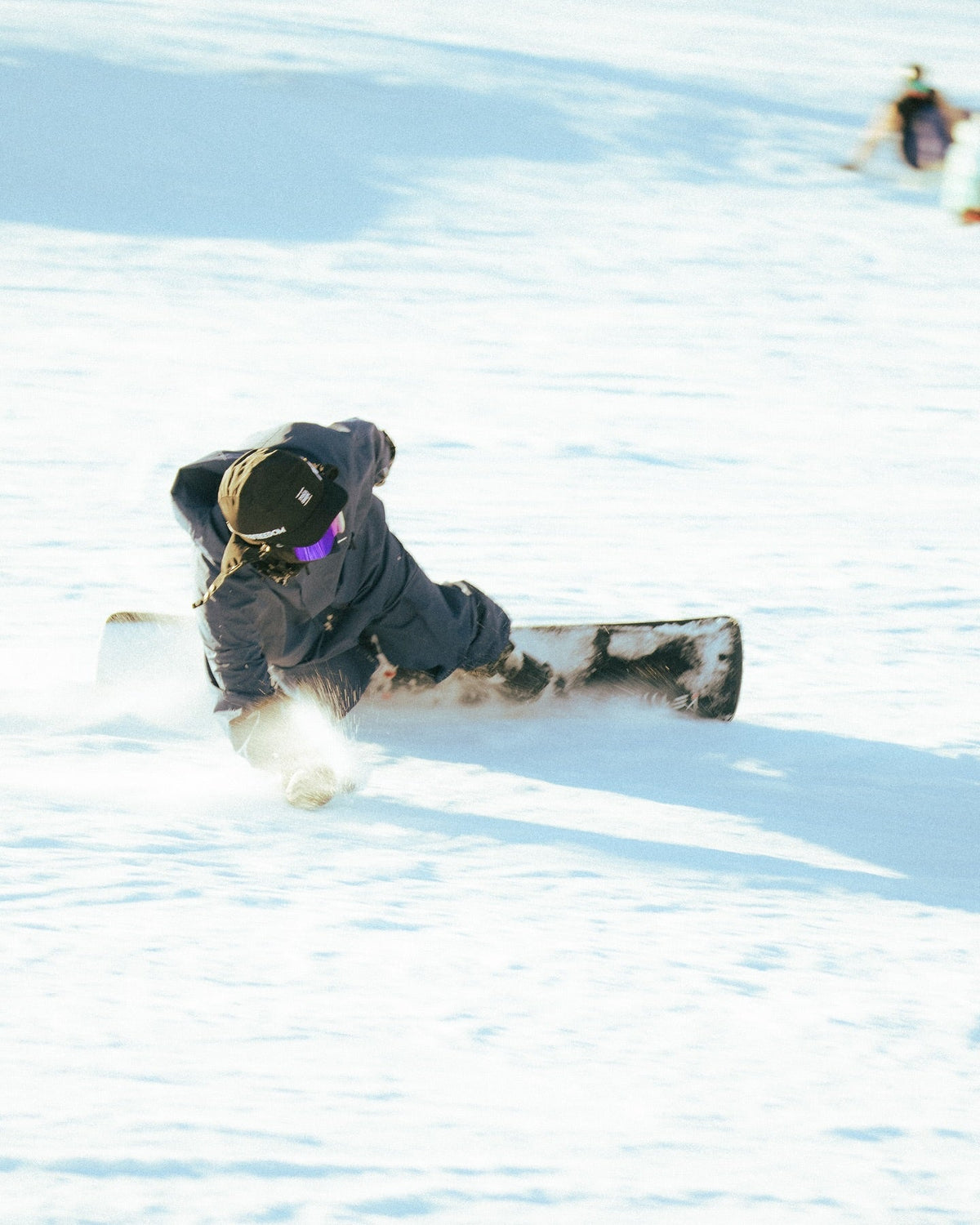
Shell Ski Jackets vs Insulated Ski Jackets: Find Your Fit
|
Time to read 5 min
|
Time to read 5 min
Table of Content
Choosing the right ski jacket is essential for a fun and safe day on the slopes. It’s your shield against the cold, keeping you warm and dry while allowing you the freedom to move. The right jacket can make your skiing adventure amazing, while the wrong one can really put a damper on your day.
But no worries, we're here to guide you
1) to learn the distinctions between skiing insulated jackets and skiing shell jackets;
2) how to find the right one for your journey.
In this blog, it allows you to select the best jacket for your needs, assuring comfort, performance, and protection on the slopes.
They tend to have built-in padding or insulation material, like down or synthetic fibers, that traps your body heat and keeps the cold out. Insulated ski jackets are designed to keep you warm on the slopes.
This means you can stay comfortable and cozy even in freezing temperatures. They're perfect for those really chilly days when you need extra warmth to enjoy your time skiing.
2. What are Shell Ski Jackets?
They act as a weatherproof outer layer, keeping you dry and blocking the wind. Shell ski jackets are designed to protect you from wind, rain, and snow without adding extra insulation.
Since they don't have built-in padding, you can layer underneath them to adjust your warmth. This makes them versatile for different weather conditions, so you can stay comfortable no matter how the weather changes on the slopes.
Insulated Ski Jackets
Shell Ski Jackets
Deciding on finding your fit ski jacket requires learning the materials and structure of them. With synthetic or down insulation and outer layers that are water-resistant, insulated ski jackets offer built-in warmth for bitterly cold weather.
But shell ski jackets with high-tech materials like GORE-TEX, and eVent provide high-quality breathable, windproof, and waterproof protection. The shell ski jackets are ideal for layering in various weather circumstances, such as their lightweight, single-layer construction. Every coin has two sides, finding what you fit for ski jackets is the key to your fun adventure.
Insulated Ski Jackets:
Shell Ski Jackets:
GORE-TEX (USA): GORE‑TEX product technologies are renowned for their presence in jackets, pants, footwear, gloves, and more. As the current leader in durability, GORE‑TEX stands unrivaled in the market. A significant milestone in their commitment to responsible performance is the introduction of the ePE (expanded polyethylene) membrane in new GORE‑TEX products. This innovation ensures high-performing, durable products engineered for a long lifespan.
eVent Fabrics (USA): eVent Fabrics offers top-tier protection and comfort for outdoor use, featuring innovative bio-based technologies and PFAS-free DWR coatings. Committed to performance and sustainability, eVent leads the industry, giving adventurers reliable gear with minimal environmental impact.
Polartec (USA): It's the science, innovation, and experience that give credibility found in every layer. Fabricsstitched, sewed, knitted, dyed, and sheared with care and precision every time.
Dermizax (JP): Dermizax™ offers three membranes with varying breathability. The original Dermizax™ is a waterproof, breathable fabric suited for general sports. Dermizax™ EV, with its higher moisture permeability, is tailored for action sports like hiking and climbing, efficiently releasing sweat vapor during intense activity. For extreme conditions, Dermizax™ NX delivers superior waterproofing and breathability, making it ideal for action sports enthusiasts. ( Supporting customisable yarn to design and test fabrics that are constructed specifically for each individual sport.)
Sympatex (DE): The Sympatex membrane is laminated by bonding it to polyester-facing and lining fabrics, allowing its application on a range of carrier materials for various products.
Ski jackets with insulation are typically heavier and bulkier than shell ski jackets, making them less packable and less suitable for travel or backcountry skiing.
In terms of weight, Insulated ski jackets typically range from 1 kg (2.2 lbs) for lighter jackets to over 2 kg (4.4 lbs) for those built for extreme conditions. Shell ski jackets are generally lighter, with weights usually between 0.5 kg (1.1 lbs) and 1.5 kg (3.3 lbs), depending on the model.
Finding your fit ski jacket needs knowledge of ski jacket adaptability and layering. In this part, we introduce the basic features of versatility and layering on shell and insulated ski jackets.
Insulated Ski Jackets
Shell Ski Jackets
Insulated ski jackets are the best choice for a ski resort with consistently low temperatures (Typically Under 32 degrees Fahrenheit) and groomed routes, such as snowboarding, snowshoeing, ice fishing, and other strenuous activities to start your ski trip.
For the shell ski jackets, they are perfect for changing weather conditions for backcountry skiing, hiking, camping, or mountaineering—you may remove or add layers to achieve the right amount of warmth and comfort as needed.
Insulated Ski Jackets
Shell Ski Jackets
Insulated Ski Jackets:
Budget-Friendly Options :
Mid-Range Options :
High-End Professional Options :
Shell Ski Jackets:
Budget-Friendly Options :
Mid-Range Options :
High-End Professional Options :
In summary, insulated and shell ski jackets differ significantly in their usage scenarios and prices. From my personal experience, it's wise to have both types on hand to adapt to varying weather conditions, ensuring you're protected from the cold without the hassle of bulky gear.